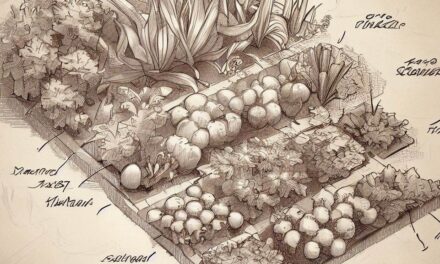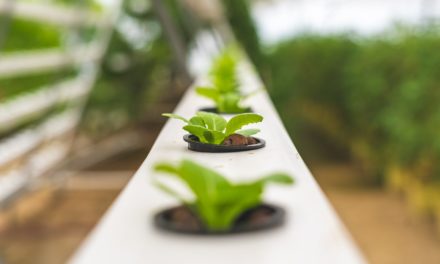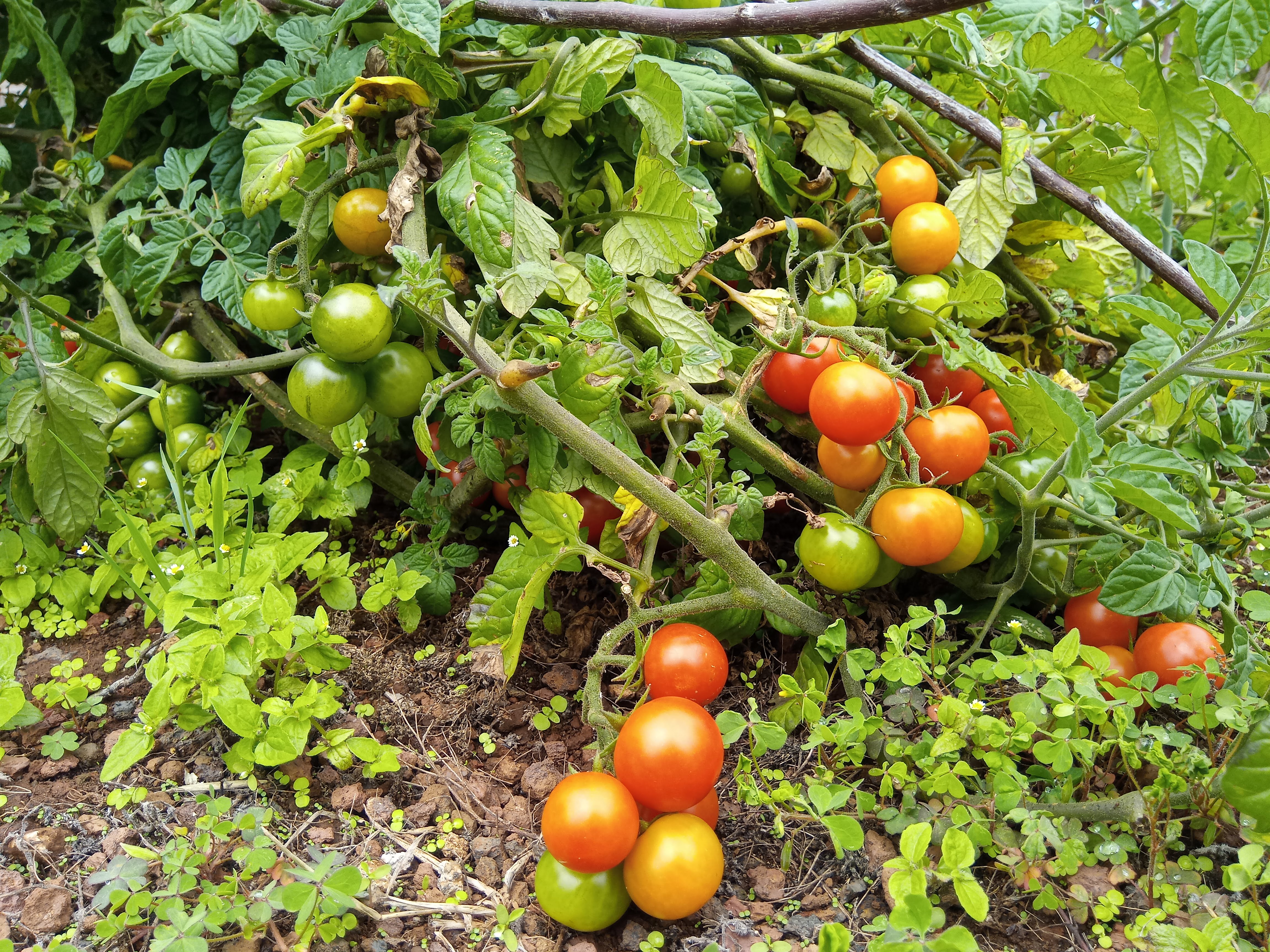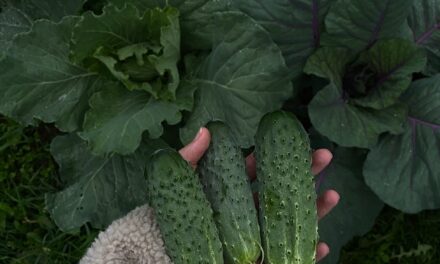Watering plants 101 takes you through the basics of the dos and don’ts of how to water plants to ensure they stay resilient and sustainable. What started as one article on how much to water plants turned into two along the way. If you missed part 1, you can find it here.
I just felt that talking about watering plants would be incomplete without mentioning different types of soils and the vital role they played in creating the proper watering schedules. So, here I am back again to remove the mystery behind watering garden plants. If you’ve read Part 1 of this article, you will have learned how to test moisture content in the soil, why soil quality matters, the different types of soils, and their qualities.

I shared some simple tips on soil improvement and knowing when to water plants. Lawns are integral to many landscapes and gardens, so I touched upon the best times to water grass. But there is a lot more when to comes to watering garden plants.
Just as you need to understand types of soils better, you also need to consider that different plants have different watering needs. This aspect makes it necessary to focus on garden design and garden planning.
How To Select Plants For your Garden
It’s exciting to walk through rows and rows of plants, healthy lush green shrubs, and flowering plant saplings, bursting with blooms in every imaginable color and hue, in a local nursery. You may be tempted to randomly select some of these attractive plants and install them in various areas of your garden. However, that isn’t the best way to go about planning a garden. Some helpful tips to follow during the garden installation phase include:
- Select Indigenous Plants– This means you should pick native plants conditioned to the local soil and climate. They are more resistant to infestations, which also increases their longevity.
- Select Plants With Similar Watering Needs– When you install plants with similar watering needs together, irrigation planning becomes more straightforward, improving your garden’s water efficiency.
Drought-Resistant Landscaping
Water conservation is the need of the hour, and dry spells can happen regardless of where you live. By choosing plantings that require less water and are more resilient during drought conditions, your garden will be able to sustain itself through Mother Nature’s worst. Xeriscaping is the technique of designing and installing a drought-resistant landscape or garden.
Some water-efficient plants you can install in your garden include Blue Star Juniper, Barberry, Bayberry, Lantana, Winter Jasmine to name a few. You can also install groundcovers like Bugleweed, Ice Plant, Vinca Minor, etc., in place of grass turf. Tall ornamental grasses like Porcupine Grass, Blue Fescue, and Mexican Feather Grass can add form and texture to your garden.
Learn More about Your Plants
No matter how extensively you research watering methods, it won’t help you have a healthy and thriving garden if you don’t learn your plants watering needs. The best way to do this is to observe them closely. Through trial and error, you will slowly better understand what each plant needs. Leaves of plants like Calendula will start to lose color or wilt when they need more water, and these signs are easy to read.
However, you may sometimes notice that your properly watered Impatiens look wilted on hot summer days. Gardening is a hands-on activity, so while you can learn a lot from reading books or articles on gardening, you have to do much more than that to learn more about what each of your plants requires.
Track Garden Watering Patterns
You need to put in some elbow grease, dig the soil, get your hands dirty, smell, and feel it to learn more about your plants’ watering needs. Keep track of the watering patterns, observe the shrubs and flowers after watering and how they react. When you do this consistently, you will slowly learn more about the nuances of all your plants and shrubs and the things that make them tick.
How Often To Water Succulents
Succulents can survive a long time between waterings because they store extra water in their roots, stems, and leaves. Because they seem to grow well in arid conditions and are known as drought-tolerant plants, most people underestimate how much water succulents need and fail to realize that they still need regular watering.
If you force your outdoor succulents to go without any water for months on end, they will perish. These plants need more water than ones in indoor areas. The climate and soil will dictate how often you need to water them. However, weekly watering works well for most succulents, particularly sedums. Established plants have more robust root systems and tolerate dry climatic conditions far better than young plants.
Whether you install annual or hardy succulents, make sure you use well-drained soil. If you find that the soil stays very moist, mound up the ground or use raised planter beds in zones where you have succulents. Good soil, the right amount of water, and proper drainage equal happy and healthy succulents.
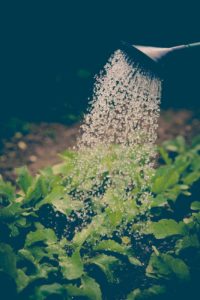
Different Methods of Watering Plants and Lawns
The irrigation system you use in your garden is another crucial aspect of watering plants. Depending on the types of plants and grasses in your garden, you can use:
- Automated Sprinkler System– This is a widely used watering technique. You need to select a sprinkler system depending on the size of your lawn and garden, the types of plants, and the soil in the outdoor areas. Complement this system with rain and moisture sensors to ensure your plants and turf get the right amount of water at the correct times.
- Drip Irrigation- A good drip irrigation kit helps minimize water wastage while maximizing water absorption. This is a good irrigation option, especially in regions where water supply is regulated. This irrigation method works well for flower beds and kitchen gardens but isn’t the best way to water trees, shrubs, and lawns.
- Garden Hose– This manual method of watering works well for balcony gardens, flower beds, and potted plants. However, it proves to be inefficient for spread-out gardens as the water distribution is uneven. Most people are unable to find time in their hectic schedules to water their garden regularly.
About Garden Waterlogging and Flooding
I’ve said a lot about why it is important not to overwater or underwater your plants and the watering techniques that work best for different types of plants. I hope that the information will help you judge what’s working in your garden and what isn’t.
Another crucial aspect that can’t go without mention while talking about watering gardens is waterlogging. Few plants will survive flooding, and the excessive water results in the yellowing of leaves and root rot, and ultimately death. However, all is not lost. Here are some things you can do to promote drainage and prevent garden waterlogging:
- Improve drainage and soil structure through cultivation
- Plant trees and shrubs on slight mounds
- Do not smear sides of garden planting holes if you have heavy soils in your garden
- Grow plants in slightly raised beds
- Use permeable pavers for hardscaping features such as patios, paths, and driveways
- Plan your garden drainage system well and install French drains and channel drains at strategic points
- If your garden floods regularly, consider installing a bioswale or a rain garden
- Install water butts if you have room in the garden to collect water, reducing the runoff into the outdoor drains
When I was a novice gardener, I made many watering mistakes. In my ignorance, I underwatered or overwatered plants, did not consider soil quality as a factor in this aspect, and learned some vital gardening lessons the hard way. A garden is a labor of love, and creating a resilient, healthy, well-balanced, and attractive garden is about showering it with TLC. I hope that all the pointers and tips that I have given here will help you avoid those same mistakes, so your plants do well from the get-go.


